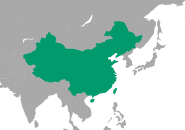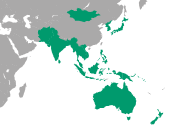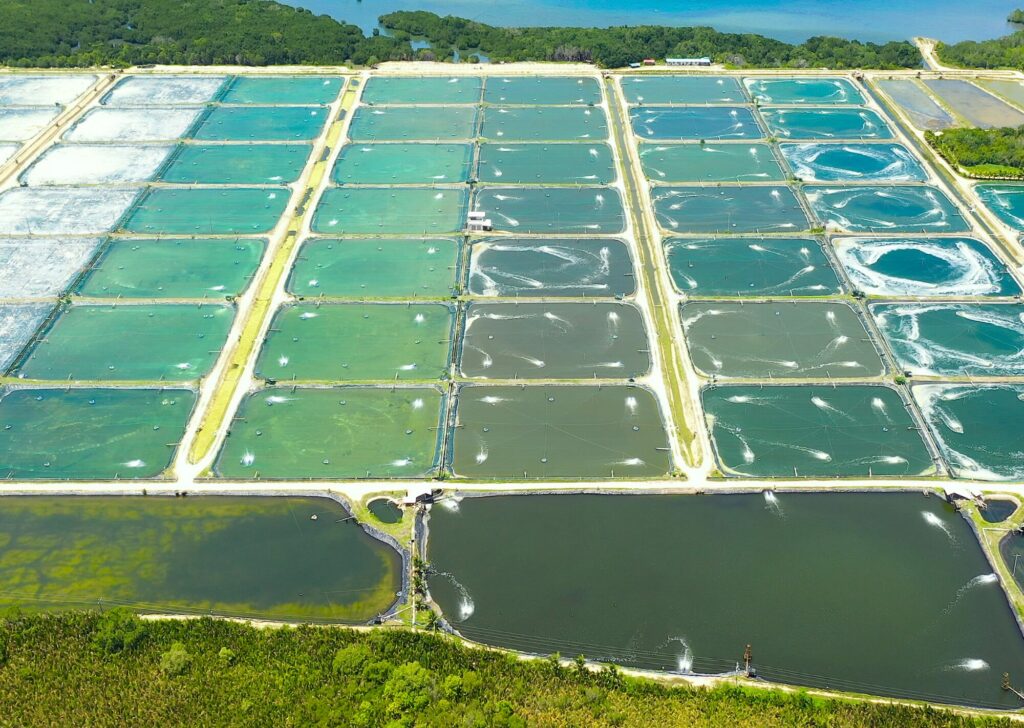
Aquaculture is expanding rapidly to meet the growing global demand for seafood (figure 1). However, the sector faces significant challenges, particularly disease outbreaks promoted by high stocking densities. These can lead to substantial mortalities and severe economic losses.
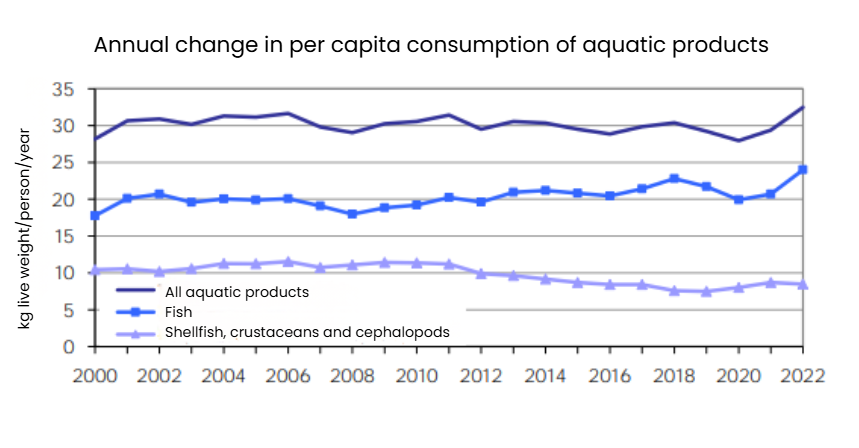
Fig.1 : France Agrimer
As antibiotic resistance increases and environmental concerns intensify, researchers are turning to natural alternatives — and garlic (Allium sativum) is attracting particular attention.
Why use garlic in aquaculture?
Used for centuries in traditional medicine for its numerous therapeutic properties (antibacterial, antifungal, antiviral, antiparasitic), garlic has become a valuable ally for fish farmers and hatchery operators.
What are the active compounds in garlic?
Garlic contains a wide range of bioactive compounds responsible for its beneficial effects in aquatic animals. (source).
The main ones include:
- Alliin (figure 2) – naturally present in intact garlic, it serves as a precursor to allicin. Alliin remains stable as long as the garlic is not crushed.
- Allicin (figure 2): the best-known compound, formed when garlic is cut or crushed (the enzyme alliinase converts alliin into allicin). Allicin is responsible for the characteristic odour of fresh garlic and exhibits strong antimicrobial, antifungal, and antibacterial activity.
- Ajoene – derived from allicin, particularly in macerated or oil-based garlic preparations. It has anticoagulant and anti-inflammatory properties.
- S-allylcysteine (SAC; figure 2) – mainly found in aged garlic extracts; a stable antioxidant with cardio- and neuroprotective effects.
- Sulphur compounds (diallyl sulphide, diallyl disulphide, diallyl trisulphide; figure 2) – associated with potential anticancer effects as well as antimicrobial activity.
- Saponins (e.g. β-chlorogenin glycosides, protoescigenin glycosides, yuccaol C-like saponins) – concentrated in the outer skin and fresh cloves; play immunomodulatory and antioxidant roles.
- Flavonoids (quercetin, kaempferol, etc.) and phenolic acids (caffeic, ferulic, gallic acids) – reinforce the overall antioxidant capacity of garlic.
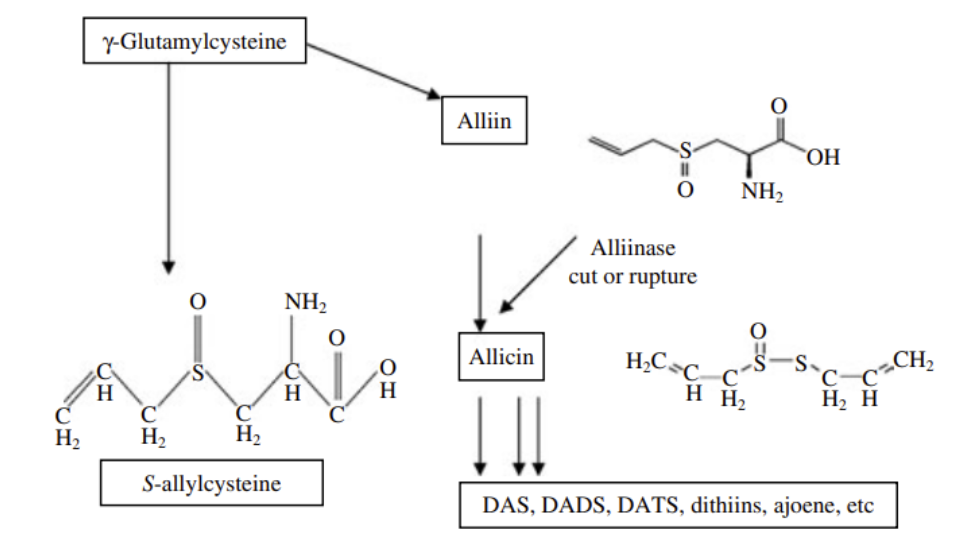
Forms of garlic used in aquaculture
Garlic is generally incorporated into feed in the form of:
- Dried garlic powder
- Liquid extracts
- Essential oils
Dosages vary according to species and administration methods, but must be carefully controlled, as excessive inclusion may lead to feed rejection (Nya & Austin, 2009).
Benefits of garlic in Aquaculture
Immune System Enhancement
Garlic stimulates the production of white blood cells and antibodies, helping fish to resist infections more effectively (Valenzuela-Guttierrez et al., 2021).
Studies have shown that fish supplemented with garlic-based additives exhibit enhanced immune responses (Nya & Austin, 2009).
Antibacterial and antiparasitic effects
Garlic displays potent antibacterial activity against a broad range of Gram-positive and Gram-negative bacteria (e.g. Vibrio, Aeromonas), as well as common aquaculture parasites (Lee & Gao, 2012). These effects are largely attributed to allicin (Nya et al., 2010).
Garlic extracts have shown promise in managing parasitic infections in aquatic species. For instance, immersion baths using garlic extract have been shown to reduce Cryptocaryon irritans infections in guppies (Hyun Kim et al., 2018).
Similarly, dietary supplementation with aqueous garlic extract reduced Neobenedenia spp. infestation in barramundi.
However, garlic appears more effective as a preventive measure rather than as a treatment for established infections.
Improved growth and feed efficiency
Several studies suggest that dietary garlic inclusion can enhance growth rate and feed efficiency in various fish and crustacean species.
For example, supplementation with garlic powder improved the growth and muscle composition of Litopenaeus vannamei shrimp (Tazikeh et al., 2019).
By promoting digestive and immune health, garlic indirectly supports faster growth and better feed utilisation (Metwally, 2009).
Appetite stimulation
Garlic’s strong odour acts as a natural attractant, stimulating feed intake — particularly beneficial during stressful periods or disease outbreaks (Lee & Gao, 2012).
Limitations and considerations
Despite its many advantages, several limitations must be taken into account.
Some active compounds, such as allicin, are unstable and degrade rapidly into other derivatives.
Furthermore, dose optimisation is crucial for ensuring efficacy, as the ideal concentration depends on species, health status, and mode of administration.
Garlic in aquaculture: many benefits
Garlic demonstrates multiple benefits in aquaculture — notably in enhancing immune defenses, limiting infections, and promoting growth.
Its usecan help reduce dependence on antibiotics and contribute to more sustainable farming practices.
Although dosage and species-specific responses still require fine-tuning, garlic stands out as a promising natural solution for the future of aquaculture.
Other plant-based or phytogenic extracts may also complement its effects as part of a holistic approach to aquatic animal health.
Check out our article on seafood consumption trends in France or the replacement of fishmeal in aquaculture.




